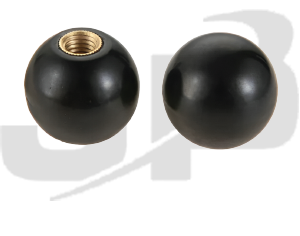Basically, the movement of a substance by a Rubber Ball is based on the exhaust of gas inside the Rubber Ball as it is crushed and the pressure to release the negative pressure state caused by the exhaust. When the rubber ball for the sphygmomanometer is crushed, air inside the rubber ball is supplied to the sphygmomanometer, and when the hand is loosened, air is sucked in from the outside and the rubber ball expands to its original state.
By repeating this action, air is efficiently supplied to the arm band, and the necessary pressure for blood pressure measurement can be obtained. The Rubber Ball (single-ball type) used in combination with a pipette is set in the pipette, and when the Rubber Ball is crushed in a solution, the air inside is released and negative pressure is generated.
When the rubber ball is slowly crushed again on the container to which the liquid is to be transferred, the solvent held inside the pipette is pushed out. The Safety Pipettor uses different valves for degassing the Rubber Ball, sucking up liquid, and dispensing liquid.
The principle of aspirating solvent using the negative pressure inside the Rubber Ball is the same as that of the normal Rubber Ball, but when dispensing, the valve for dispensing is crushed to draw air from the outside into the Rubber Ball so that the volume of the solvent cannot be held inside the pipette, and the solvent is dispensed by natural fall.

